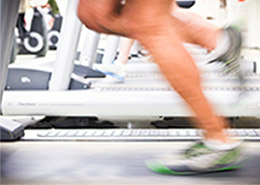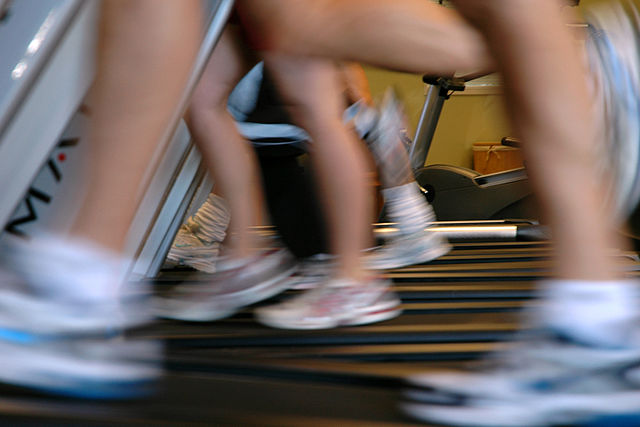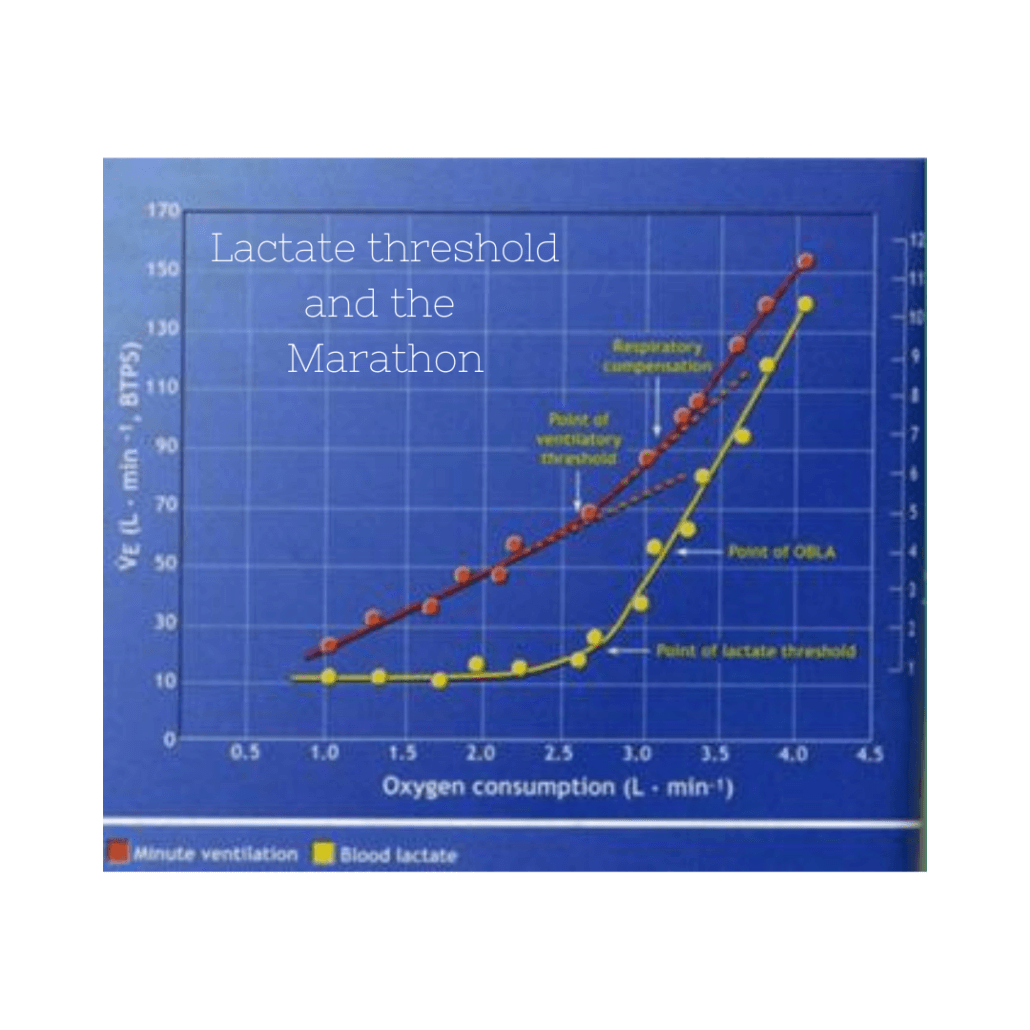Treadmill Running: What’s grade got to do with it?

I’ve been getting a lot of questions about treadmill running lately. A lot of it has been regarding speed and grade. “If I run at x speed and y pace, then my effort equals what? It’s a fair question as there is no doubt that we work harder when running up a hill. However, how do we put that into the context of an equal effort over a sustained amount of time? For easy runs, it’s not a big deal, but for things like Something of Substance days, it can be a real challenge! I can attest to this as I have a big fear of eating treadmill console as the speed gets down towards marathon pace! Luckily, there’s a few people who’ve thought this through for us already.
[et_bloom_locked optin_id=”optin_2″]
[/et_bloom_locked]
In researching treadmill running, I have come across three items where there has been an attempt at quantifying what an effort is, based on the treadmill speed and grade. The first was a simple- for every 1% increase in grade, your effort was equal to 0.2 mph higher on the speed. So, for instance, if you were running at 8 mph and 1% grade, it would be equal to running at 8.2 mph and 0% grade. Pretty simple, and if I knew how this conclusion was reached, the more likely I would be to believe it.
The second is a very popular chart from the website HillRunner.com. I had actually referred a number of my athletes to this chart. However, the more I looked into it, the more I pondered how accurate it was, especially at faster speeds. After trying it out for a workout of my own, the more I thought that there was no way that I needed to put the grade that high to hit these paces. Again, I wish there was an explanation behind the theory that would help me understand a bit better.

Finally, there’s always Jack Daniels. The solution to any situation that calls for data or a strong drink. (Yes, corny. Very bad joke. How many times do you think he’s heard that in his 80 some years of life?) Anyway, I actually opened up a book and took a look at his charts. Now, immediately what I noticed is 1) how much faster the equivalencies were compared to the Hill Runner charts and 2) that he incorporated VO2 into the charts. (For your reference this is table 4.5 and 4.6 of his latest edition of Daniels’ Running Formula).
Why is this important? Because with any given speed and grade, we can calculate the VO2cost, or how much oxygen is required to run at that speed and/or grade. So, after calculating the VO2cost of a certain pace with no grade, you can then correlate adjust the variables (speed and grade) to find what equal work is for whatever variables you plug in. Here’s what I mean.
The following is a formula from the American College of sports Medicine:
Running
VO2 (mL . kg-1 . min-1) = (0.2 . S) + (0.9 . S . G) + 3.5 mL. kg-1.min-1
S= speed in meters per minute
G = grade, expressed as a fraction
Without getting too technical. To start you could calculate what the VO2 cost is for any flat run by taking the mph and converting it to meters per minute (1 mph = 26.82240 m/min) and tossing that in for S. Then just replace G with a zero and run the numbers. You could then find the VO2cost for the pace you’d like to hit by then either figuring out the actual speed you want to run (solving for G) or solve for S by putting in the max grade you want to run. The result is a good indicator of what kind of effort you are putting in on the treadmill, given your pace and incline. Is this exact? Probably not. The only way it would truly be completely accurate is hooking yourself up to a metabolic cart for every run, and that’s no fun. However, if you are just trying to get the work in, this is a great way to be pretty darn close to where you need to be for the workout.
I have to admit, I coming back to this after a little more research, but it was worth the while. First, going back to Daniel’s, I found a message board thread, in which he contributed. He stated that he looked at Boston Marathon splits and also did another study in which he found the ratio to be 12-15 seconds slower per 1% grade incline. One caveat here- it wasn’t made crystal clear, but it appeared that he was talking about some pretty quick runners, because he referenced overground running of 5:00-6:00 minute pace. I also found another reference from Tim Noakes, Lore of Running, that gave a number of 2.6 ml/kg/min (amount of oxygen) increase per 1% increase in grade. This then translated into a reduction in speed of around 0.65 kilometers per hour. So, comparing the numbers across the Daniels and Noakes numbers matched pretty well.

So, from here, the natural turning point of this discussion turns to the question, “Do I need to run at an incline to compensate for the lack of a self created headwind?” I have gone back and forth on this. If you look at the chart from HillRunner, it’s pretty clear that a 1% incline should be used, but again- I don’t know where those calculations are coming from. With the Daniels chart, it’s based on VO2, so it isn’t particularly necessary. However, he did write in the later pages that essentially that a 2% grade makes up for the fact that you aren’t creating a headwind. So, you might think that adding an incline is absolutely necessary, but I don’t know if that’s the case. The reason is, that because if you aren’t creating a headwind on the hamster wheel, your ability to cool yourself off is then limited. The result is a slightly higher work rate, represented by a higher exercising heart rate. Now, if you cool yourself off with a fan, then you’ll probably need to adjust the grade to compensate for the increased cooling you have. Otherwise, I don’t know if a 2% grade increase is necessary. I have a feeling that it all ends up kind of being a wash! The other caveat to this was that Daniels whole conversation was around faster paced running. Noakes also made comments about 18km per hour (5:24 mile pace) being sort of a threshold where the headwind was a major factor. Mainly, the point of all this, was that the faster you are the more likely you will be to have to add an incline to match what your overground efforts.
Key Take-aways:
- You can replicate much faster workloads by adjusting your grade and keep the pace manageable.
- For easy runs across the pace spectrum, adding a grade will offset the lack of a self created headwind. A complete generalization would be 0.5% for 8:00 pace and slower, 1.0% for 6:30-7:30 pace, 1.5-2% for paces faster than 6:00 pace. HOWEVER, most people will not be approaching those paces for easy runs.
- For workouts, just use the speed/grade combo that you are looking for and just don’t worry about the wind effect- your head might explode.
- Experiment with what combo works better for you. Some people will thrive better with higher grades and lower speeds, while others will do better with the opposite settings. Personally, I like a fairly moderate speed with a moderate grade. I would try to keep the grade under 7% as then your form can start to change due to the incline.
In Closing:
To close this out, there’s options out there. Whether you are trying to simulate a hilly race course, or just trying to find a way to get your faster Hansons Marathon Method work in, you can do it. The big component for me is that you can adjust these variables and still feel confident that you are getting the right effort in on the right days. If you liked the way I laid out how I would calculate effort based on speed and grade combos, you’re in luck! We’ve made a handy calculator based on the Noakes and Daniels references to help you dial in that work effort. Enter email below to claim your free calculator (it is an excel file, so heads up!)
[et_bloom_locked optin_id=”optin_2″]
[/et_bloom_locked]



